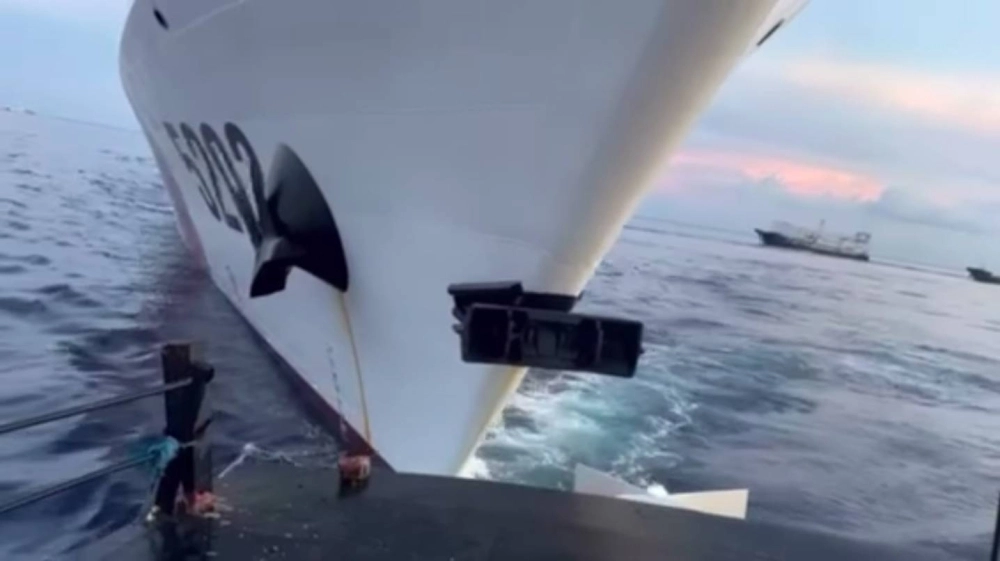Manila accused a China Coast Guard vessel of colliding with a Philippine resupply vessel in the disputed South China Sea on Sunday, strongly condemning the actions as "dangerous, irresponsible and illegal,” in the latest close encounter in the flash point waterway.
The incident occurred near the Second Thomas Shoal in the Spratly Island chain, as the resupply vessel made its way toward a Philippine garrison that sits atop a World War II-era warship purposefully grounded in the area, which is also claimed by Beijing.
In a statement, the Philippine government task force overseeing the South China Sea issue said the "dangerous blocking maneuvers of China Coast Guard vessel 5203 caused it to collide with the Armed Forces of the Philippines-contracted indigenous resupply boat" about 25 kilometers (15 miles) from Second Thomas Shoal.


















With your current subscription plan you can comment on stories. However, before writing your first comment, please create a display name in the Profile section of your subscriber account page.